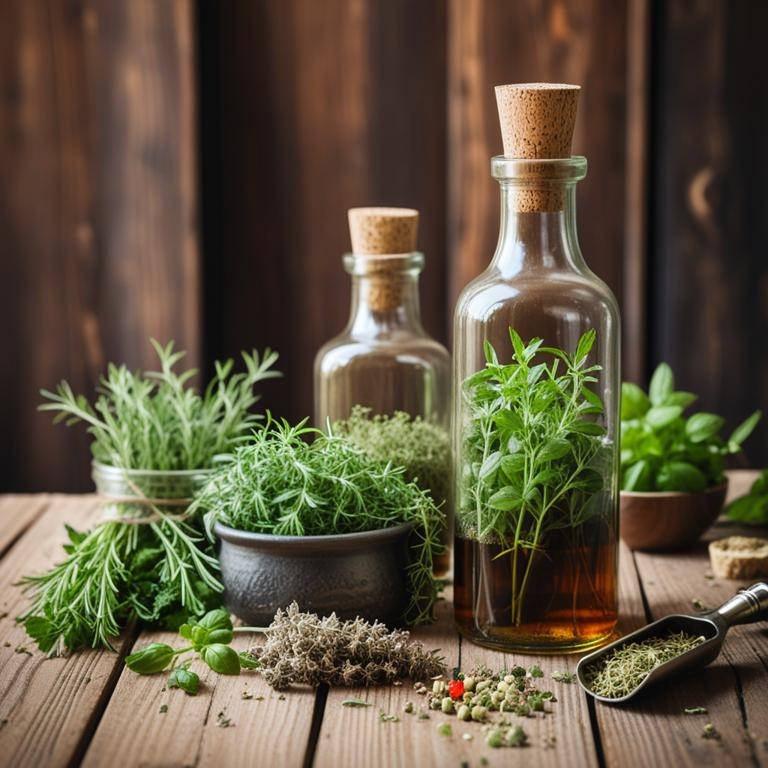What to know about Bottles for herbalism?

In the practice of herbalism, the right equipment is essential for safely and effectively preparing herbal remedies.
Bottles specifically designed for herbalism are typically made from dark-tinted glass, which protects the delicate herbs from light that can cause degradation. These bottles often feature tight-fitting lids and dropper tops, allowing for precise measurements and easy dispensing of herbal extracts.
When choosing bottles for herbalism, it's also essential to consider the size and material, as some herbs may require larger containers or specific types of glass to prevent contamination.
What are bottles for herbalism?
Bottles are specialized containers used in herbalism for storing, preparing, and administering herbal remedies.
They come in various types, including apothecary jars, dropper bottles, and glass vials, each serving a distinct purpose in the herbalist's practice. Herbalists often prefer bottles made from high-quality glass or ceramic materials, as they are non-reactive, durable, and can withstand various temperatures and chemical compositions.
Throughout history and across cultures, bottles have played a significant role in herbalism, serving as vessels for sacred potions, elixirs, and remedies that have been passed down through generations, symbolizing the respect and care that herbalists have for their craft and the natural world.
Why are bottles used in herbal medicine?
Bottles are used in herbal medicine to store and preserve herbal preparations, allowing for consistent quality and potency over time.
Herbal infusions, tinctures, and oils are commonly made with the help of bottles, as they provide a sterile and airtight environment for the preparation and storage of these herbal remedies. Tinctures, in particular, are often made by steeping herbs in a solvent, such as ethanol or glycerin, and then transferring the mixture to a bottle for storage and later use.
The use of bottles in herbalism also allows for the creation of standardized and labeled preparations, which can be easily reproduced and shared with others.
How to use bottles to make medicinal preparations?
To use bottles in herbal medicine, follow these steps: first, carefully select the right type of bottle for your herbal infusion or tincture, considering factors such as size, material, and sealability.
Next, fill the bottle with the prepared herbal remedy, leaving a small amount of space at the top to allow for expansion and prevent spills. Finally, securely close the bottle with a tight-fitting lid or cork, and label it with the name of the herb, date, and any relevant instructions for use.
By following these steps, you can safely store and preserve your herbal remedies for later use.
How to care for bottles?
To use bottles effectively in herbalism, it's essential to maintain them properly to prevent contamination and extend their lifespan.
Cleaning bottles after use is crucial, and this can be done by washing them with soap and warm water, then rinsing thoroughly to remove any residue. Storing bottles in a dry and clean environment, away from direct sunlight and heat sources, will help prevent wear and tear, while disinfecting them with a solution of equal parts water and white vinegar can help maintain their sterility for repeated use.
Knowing when to replace a worn-out bottle is also vital, as signs of wear such as cracks, chips, or fading labels can compromise the quality of herbal remedies and lead to contamination.